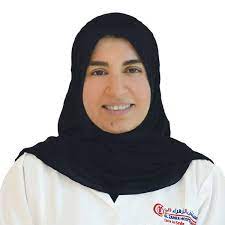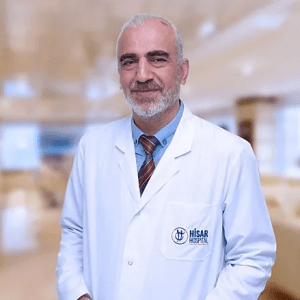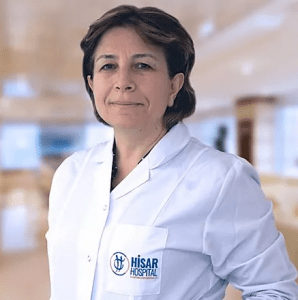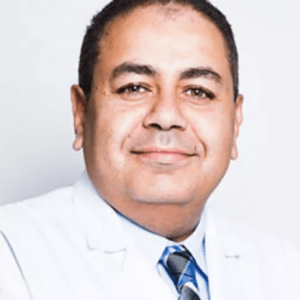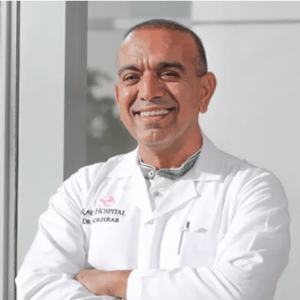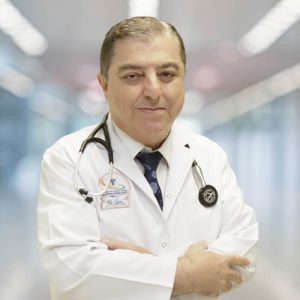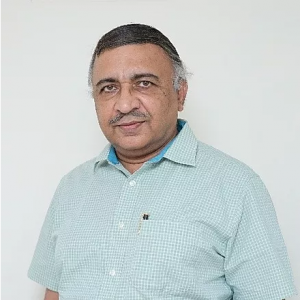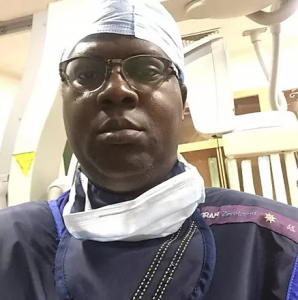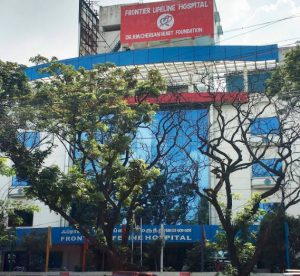Automatic Implantable Cardioverter Defibrillator (AICD)
Automated implantable cardioverter defibrillator (AICD) or also called Implantable cardioverter-defibrillator (ICD) is a small battery powered device implanted inside the body, usually in the … Read More
Top Doctors For Automatic Implantable Cardioverter Defibrillator (AICD) Treatments
Top Hospitals For Automatic Implantable Cardioverter Defibrillator (AICD) Treatments
Automatic Implantable Cardioverter Defibrillator (AICD)
Risk Factors
Risks associated with ICD implantation are usually uncommon but may include:- Infection at the implant site
- Allergic reaction to the medications used during the procedure
- Swelling, bleeding, or bruising where the ICD was implanted
- Damage to the vein where your ICD leads are placed
- Bleeding around your heart, which can be life-threatening
- Blood leaking through the heart valve where the ICD lead is placed
- Collapsed lung (pneumothorax)
Diagnosis
Prior to placing ICD doctors prepare a number of diagnostic tests as follows:- ECG – Electrocardiography
- Echocardiography
- Electrophysiology Study.
- Holder or ambulatory ECG monitor.
Pre-procedure
Usually, you may have to fast up to 8 hours before the procedure. Doctors will also advise regarding the medications that you are taking prior to the implant.- Actual procedure
- Post Procedure
- Usually, for the first 3-4 weeks the doctor will advise you to avoid
- Vigorous above-the-shoulder exercises like swimming, weight lifting, bowling or bicycling.
- Avoid sudden jerky movements and have controlled movement of arms.
Long term precautions
While electrical interference occurrences are rare, however, the following precautions are advisable: Cell phone is ideally placed more than 6- 8 inches from the ICD, Keep headphones, magnets, and other magnetic impulse equipment’s at least 6- 8 inches from the ICD, Doctors issue a card saying you have an ICD. Show it to airport security to request for manual checking (in the place of x-ray or handheld scanner), Power or welding generators – These generate high current hence it is advisable to stand at least a meter away from these devices.Symptoms
Patients with known sustained ventricular tachycardia or fibrillation are the main candidates for AICD. Studies have shown AICDs to have a role in preventing cardiac arrest in high-risk patients who haven't had but are at risk for, life-threatening ventricular arrhythmias.
Causes
Doctors may recommend AICD if the patient is at risk of the following:
• Heart attack,
• Survived cardiac arrest,
• Ventricular arrhythmia,
• Abnormal heart beat including QT syndrome
FAQ
I am diabetic, can I undergo ICD implantation?
If your diabetes is associated with cardiovascular complications like atrial or ventricular fibrillation, then using an ICD may prove beneficial in aborting arrhythmic deaths and deaths due to any other advanced heart disease. Consult your doctor or physician before you embark on any treatment plan.
What are the precautions to be taken after ICD implantation?
Some devices may interfere with the functioning of ICD due such as metal detectors, radios, magnets.
Special care needs to be taken while undergoing a CT scan and MRI. Also, the patient should allow at least 8 weeks for the device to settle firmly in its place and avoid jerky or sudden movements during this period. If you are crossing an airport security check, have a letter from the doctor that you have an ICD implant so that they can do a manual frisking.
How long is the procedure for ICD implantation?
Implantation surgery usually takes 2 to 3 hours which is usually performed under general anesthesia followed by hospitalization for 24 hours.
What are the complications that can arise after using ICD?
Shocks are painful if the patient is conscious, Delivery of unnecessary shock may cause a lead fracture, Device infection ( rarely).
Who is the best candidate for ICD implantation?
Any person suffering from sustained life-threatening arrhythmia.
How does ICD work?
Whenever the device detects an abnormally increased heart rate, it applies a shock terminating the arrhythmia. Some advanced ICDs may also detect decreased heart rate and work as a pacemaker.
What is the use of ICD?
3-What is the use of ICD?
Use of ICD is indicated in patients who have had unexplained fainting due to sudden blood pressure fall, sustained ventricular tachycardia, fibrillations, palpitations etc.
How is ICD implanted?
ICD generator is placed just under the skin of left upper chest. The leads are guided to the heart through a small incision and finally connected to the device.
Is AICD and Pacemaker different?
Both devices are almost same – they both monitor the heart beat and keep the heart beating at the proper speed. However AICD can also delivery a high impulse current to deliver a shock and revive the heart- Pacemaker lacks this capacity.
When do doctors recommend AICD device?
Doctors normally recommend AICD for the following conditions:
– Ventricular Arrhythmia
– Survivors of heart attack or cardiac arrest.
– Long QT syndrome
– Brugada Syndrome
– Any specific congenital heart disease or other underlying conditions for sudden cardiac arrest
What is AICD?
AICD also called ICD is the acronym for Automated Implantable Cardioverter Defibrillator. It is a battery powered device implanted in the body to monitor the heart rhythm. If an abnormal heart rhythm is detected this delivers an electric shock to restore normal heartbeat

















